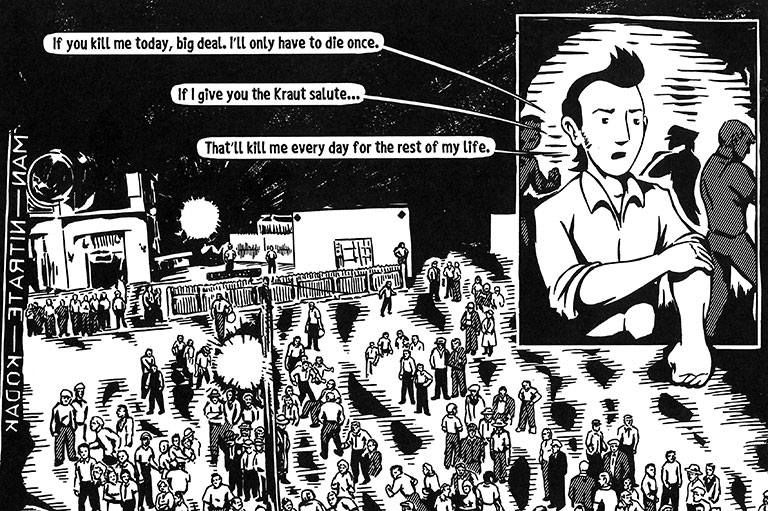Saint-Pierre and Miquelon

In the early 1750s, the French state was an established presence in North America. It controlled towns and cities from Louisbourg on the Atlantic coast to Montreal on the St. Lawrence River and to New Orleans on the Gulf of Mexico, as well as in dozens of outposts in the continental interior.
By 1763, however, the French state had been expelled from mainland North America. Due to the outcome of the Seven Years War, the only possessions it had left were the two islands off the coast of Newfoundland, which were valuable because of the fishery, and the Caribbean island of Gaudeloupe, which produced sugar cane.
With 7 uniquely curated newsletters to choose from, we have something for everyone.
Today, the islands of Saint-Pierre and Miquelon are surrounded by Canada but remain a part of France.
The islands have had a tumultuous history:
1690s
Saint-Pierre was by this time a thriving seasonal settlement for fishermen from France. Largely unprotected, it was frequently raided by the British.
1763
The Treaty of Paris established the islands as a shelter for the French fishery. Refugees from Acadia soon arrived.
1778
Britain captured the islands and expelled the inhabitants because of France’s support for the American War of Independence.
1783
The Treaty of Versailles brought the islands back to the French.
1793–1815
War with the British and upheavals in France led to another expulsion of the inhabitants as France lost control of the islands.
1816
Former inhabitants returned to the islands, which were once again under French rule. The French fishery expanded, which led to conflicts with the Newfoundland fishery.
Early 1900s
Customs tariffs and poor fishing seasons led to the departure of about 2,000 of the islands’ 6,500 inhabitansts.
1919
Prohibition in the United States gave the islands new economic life as rum runners turned Saint-Pierre and Miquelon into bases for smuggling.
1935
The end of American Prohibition and a clampdown on the illegal alcohol trade led to economic depression.
1940–45
The Second World War and the fall of France led to the islands being under the control of Vichy France. Inhabitants supported the invasion of the island by Free French forces in late December 1941.
Postwar to the present
Conflicts between Canada and France erupted after 1977 when both countries extended their territorial rights to 200 miles offshore. The dispute was settled by an international tribunal in 1992. The population today is just over 6,000.
We hope you’ll help us continue to share fascinating stories about Canada’s past by making a donation to Canada’s History Society today.
We highlight our nation’s diverse past by telling stories that illuminate the people, places, and events that unite us as Canadians, and by making those stories accessible to everyone through our free online content.
We are a registered charity that depends on contributions from readers like you to share inspiring and informative stories with students and citizens of all ages — award-winning stories written by Canada’s top historians, authors, journalists, and history enthusiasts.
Any amount helps, or better yet, start a monthly donation today. Your support makes all the difference. Thank you!









